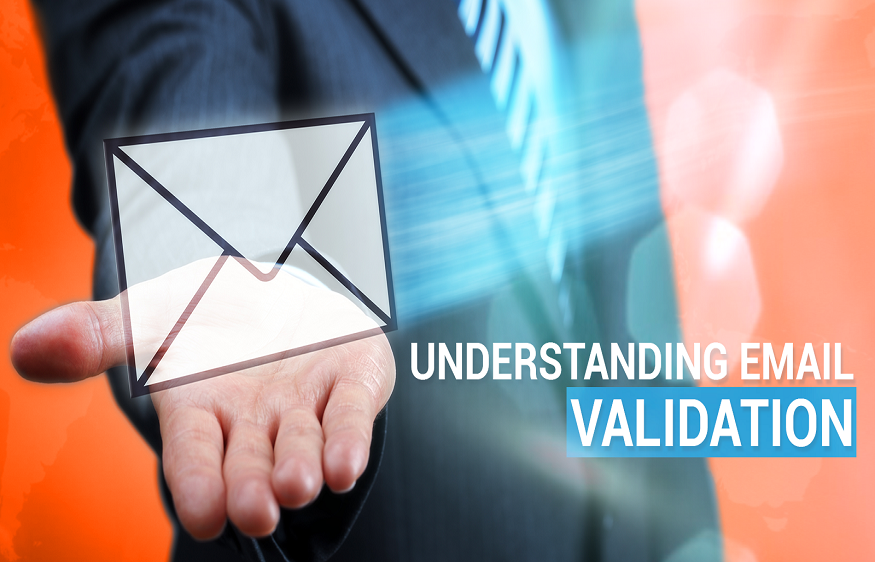30 Views
Typically, you’ll get a report from a low-cost e-mail validation supplier informing you whether or not or not your e-mail has been verified.
- Legitimate. In some circumstances, which means the e-mail has been validated and is correct, whereas in others, it signifies that the e-mail is real and accepting messages.
- Invalid. As a result of your e-mail validation service has confirmed this e-mail’s existence, it doesn’t exist. Or, it’s not taking any messages at the moment. Entries that don’t fulfill the practical necessities to behave as an e-mail fall into this class.
- Unknown. The standing of an e-mail tackle is included on this class. Emails that didn’t make it previous the validation process fall into this class. There are particular circumstances when an SMTP server accepts any emails despatched to its area, even when the sender doesn’t have a sound account linked with the atmosphere.
- Don’t ship this message. Sure e-mail validation firms give respectable emails but include horrible information for the sender of their class. E mail addresses having a historical past of spam complaints or ties to questionable web sites might fall into this class. Relying on the service, additional inspections and hygiene actions could also be included. An e-mail verification or listing hygiene service generates findings past the fundamental sorts by offering worth and risk-related details about every e-mail tackle.
What’s the distinction between e-mail verification and validation?
Along with guaranteeing that an e-mail tackle is “functionally real and exists,” e-mail verification goes additional. An account could also be verified as energetic and linked to a pure particular person utilizing public and proprietary knowledge. This aids within the eradication of inactive subscribers and spammers out of your mailing lists. The extra thorough a service supplier’s verification process is, the extra info they will provide you along with your prospects. All the following standing classes could also be included in a verification service report:
- Duplicate. The e-mail addresses you’ve provided for analysis will likely be in comparison with your present listing by an inventory hygiene service, and any duplicate addresses will likely be recognized.
- Catch-all. Catch-all accounts seize emails despatched to a respectable area, however emails despatched to an current tackle usually are not. To make sure that they get the whole lot submitted to their atmosphere, an organization might make the most of a catch-all tackle. These alerts, however, are being ignored.
- Position-based. could also be utilized by an organization to gather generic messages (e.g., [email protected] or [email protected]) that a person doesn’t personal.
- Get hold of a free e-mail tackle. Some individuals use a free e-mail account that isn’t the improper type of lead. Some B2B entrepreneurs, however, select to make use of simply addresses from different firms’ domains when compiling their lists.
- Auto-generated or random quantity. Throwaway or false accounts or bots usually tend to be linked to an tackle made up of random characters than legible ones. Even when an tackle is related with a real area, sure providers might block it if it appears to be produced mechanically.
- The spam lure. There isn’t any precise buyer right here, and you might be being examined in your e-mail hygiene. It’s not unusual for a previously energetic e-mail to turn out to be a spam lure. Maintaining a tally of your subscriber listing and implementing a sundown technique might allow you to keep away from this.
- The poisonous space. Sender domains aren’t the one ones that may undergo from a destructive status. Spam distribution, bot e-mail creation, and different disruptive conduct are hallmarks of poisonous domains. You don’t want to obtain emails from these domains.
